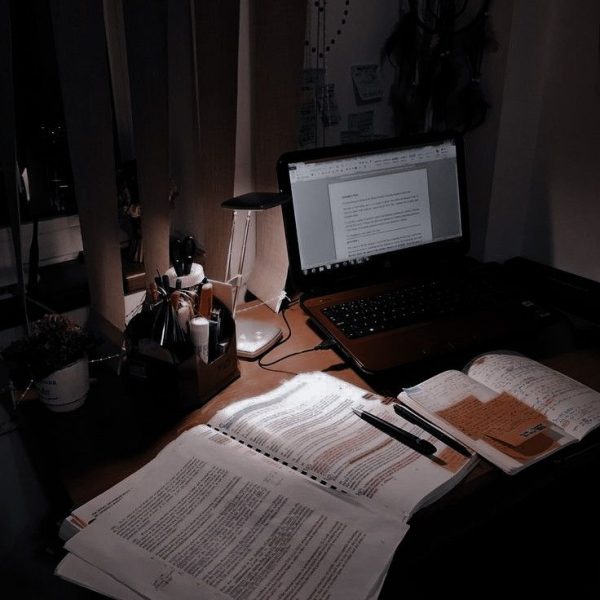That Doesn’t Ring a Bell: The Explanation Behind Santiago’s Faulty Bell System
September 28, 2017
DING.
DING.
DING.
Yup, it’s 8:50 in the morning on a Thursday and there go the bells. Yes, I know it’s a block day and the bell shouldn’t ring until 9:40am. We’ve almost become immune to the sound. DING. DING. DING. There it goes again, just five minutes later. Is this a joke? There’s no way a competent Corona-Norco High School cannot get it together and ring the bells at the correct time. Uh… it’s 2017. Hello?
We expect our students to meet the standards and if not, we offer Office Hours, AP Supports, Extra Tutoring and Off the Hook to bring the student up to snuff. I hate to say it, but I think our bell system has pretty much failed the most recent Common Formative Assessment. This reporter’s solution? It’s time to place the system on a SART CONTRACT of it’s own.
But in all honesty, we’re the home of the Scholars, Achievers, and Champions – so why don’t we have a bell schedule to match? Ann Melconian, Principal Bond’s fearless secretary, deals with this insanity each and every day and had no problem answering this reporter’s litany of questions.
First of all, it is important to note that the ladies in the front office are definitely not to blame. Although many visualize a robot designated with the singular job of hiding in the office and pressing a button to initiate the bells one class period after the next, it actually can all be traced back to some outdated technology. “The bell-system is an antiquated machine in the front office… It’s programmed by our district office, and they receive our bell schedule from our administrators. When they get that approved bell schedule, they go in and program it,” Melconian stated, having dealt with this problem for years now. Basically, everything is programed externally at the district office and should, hypothetically, run without a hitch. Somebody programs Santiago’s litany of different schedules into a machine that is then meant to spit them back out, flawlessly, of course, and on its required day and time. How hard can it be to distinguish block days on Mondays and Tuesdays, PLC on Wednesdays, Intervention on Thursdays and Fridays, and the occasional assembly schedule?
However, this is much simpler in theory than in practice. “The problem is the equipment at this point. It’s starting to break down,” Melconian reported, continuing on to describe the logistics: “In a perfect world, it should work… Most schools have block schedule, but then we throw in a PLC, we throw in intervention hours, we throw in assembly schedule, and that’s what skews it a bit…” For a machine that has been utilized multiple times a day, every day, for twenty years, the expectations are entirely too high. “For some reason, the program wasn’t picking up the correct schedule. It was jumbling the schedules,” she added, hence the reason why our second periods are constantly interrupted by the blaring call of the 8:52 A.M. PLC bell on a Tuesday. The technology is faltering and maintenance is doing everything they can to solve this problem.
Although Melconian understands the bell system at Santiago is no joke, she encourages everyone to be patient and have a good laugh. “I just hope everybody has a sense of humor about it,” she presents as a closing statement. Melconian, along with the rest of us, hopes that perhaps with enough assistance, our bell schedule will exceed standards in its upcoming formative assessment, pass all its AP tests, and finally get ahold of its tardy problem!





















L Dieckmeyer • Oct 4, 2017 at 2:39 pm
I like it! One step away from old school.
L Dieckmeyer • Oct 4, 2017 at 2:37 pm
I like it! One more step out of old school. …
Mrs. Thompson • Sep 28, 2017 at 2:57 pm
Santiago is home of Scholars, Achievers, and Champions. We send hundreds of graduating seniors off to college every year. Did you know: there are no bells in college. I bet we would operate efficiently without any bell system. It could feel very collegiate with no bells at all. Just imagine, no more bell or PA announcement interruptions because everyone would be responsible for knowing the bell schedule and time of day. Just an idea.
EL.p! • Sep 28, 2017 at 2:22 pm
Like the bell system I am old and antiquated. Yes a robot could do my job, but it wouldn’t have any of my charms. Your article, Ms. Liuag, was fresh, informative and comedic. It made the last 5 minutes with my freshmen a bit more tolerable.
Thank you.